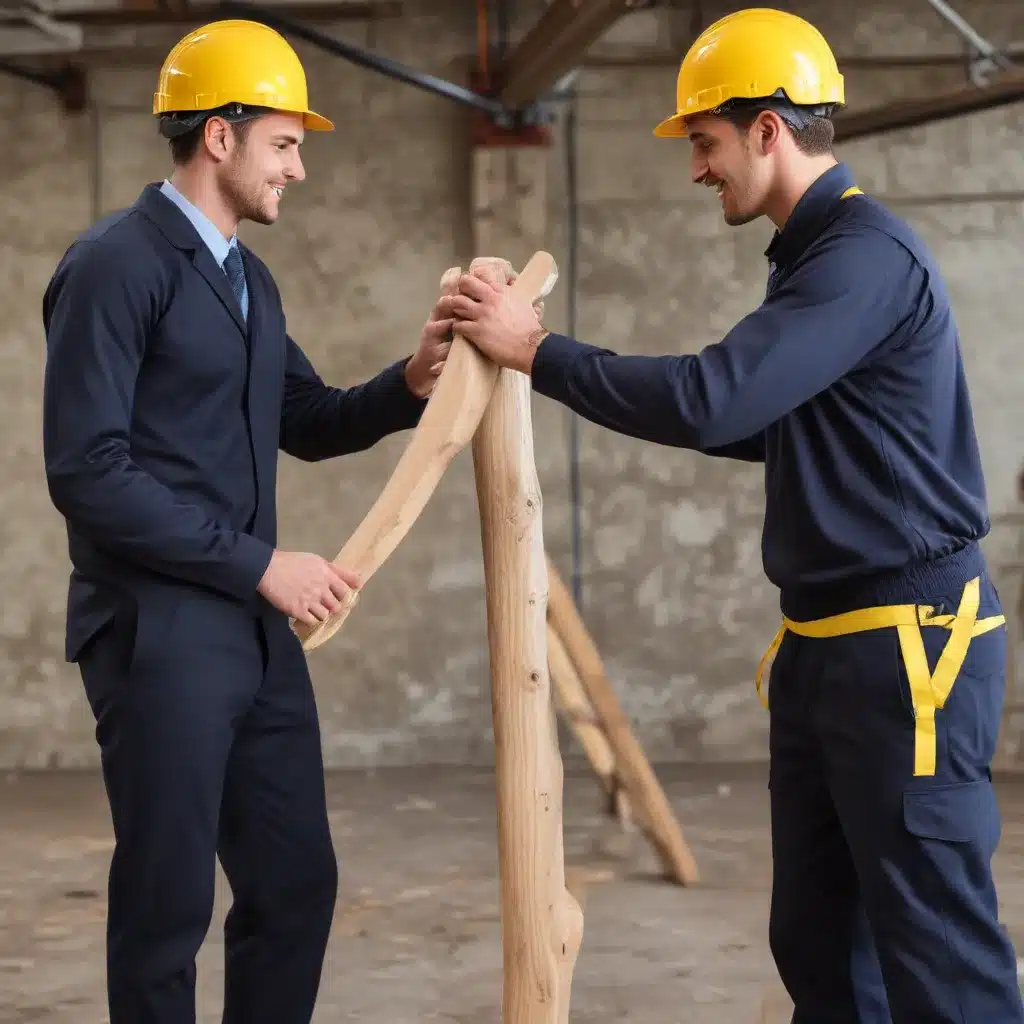
Fostering Trust and Confidence in the Training Process
Importance of Trust in Training
Building a strong foundation of trust is crucial when training birds, as it allows for open communication, a willingness to learn, and a sense of safety and security. As an experienced avian caretaker, I know that birds are inherently cautious creatures, and they need to feel that they can trust their human companions before they will fully engage in the training process.
Establishing rapport with your feathered friends is the first step in building this trust. Take the time to simply sit near their enclosure, speak softly, and allow them to observe you without any demands. Slowly introduce yourself, offering treats by hand and letting them approach you on their own terms. This gradual approach helps birds feel in control and reassures them that you are a source of positive experiences, not threats.
Once a level of comfort has been achieved, you can begin introducing positive reinforcement training. The use of clickers, favorite foods, and gentle praise helps birds associate the training process with pleasant outcomes. This, in turn, fosters their confidence and willingness to participate, as they learn that engaging with you leads to rewarding experiences.
Fostering Confidence in Birds
Alongside trust, it’s essential to nurture a bird’s confidence throughout the training journey. Confident birds are more likely to explore, problem-solve, and enthusiastically engage with their human caretakers.
Encouraging a sense of curiosity and exploration is key. Provide a variety of novel, safe objects and experiences for your bird to investigate at their own pace. This could include introducing new perches, toys, or even small changes to their environment. By allowing birds to approach these new elements on their own terms, you empower them to build their confidence and problem-solving skills.
It’s also important to accommodate the individual needs and preferences of each bird. Some may be more cautious and require a slower, more gradual approach, while others may be more bold and thrive on faster-paced training sessions. Observing your bird’s body language and personality cues will help you tailor your training methods to their unique temperament, ensuring they feel secure and capable.
Positive Reinforcement Techniques
At the heart of effective avian training lies the use of positive reinforcement. This approach focuses on rewarding desired behaviors, rather than punishing undesired ones. Clicker training, in particular, has become a widely adopted method in the avian community, as it allows for precise timing of rewards and clear communication of expected behaviors.
The process of “shaping” behaviors is another valuable positive reinforcement technique. By breaking down complex behaviors into smaller, achievable steps, you can gradually guide your bird towards the desired outcome. This not only builds their confidence, but also encourages them to actively participate in the training process, as they experience the satisfaction of accomplishing each incremental goal.
Effective Communication
Successful training relies heavily on effective communication between the human caretaker and the bird. Understanding and interpreting avian body language is a crucial skill, as it allows you to recognize when your bird is feeling comfortable, anxious, or overwhelmed.
Observe your bird’s posture, eye contact, and overall demeanor, and adjust your approach accordingly. A bird with fluffed feathers, averted gaze, or tense body language may need a slower, more reassuring approach, while a bird with a relaxed, alert stance may be ready for more challenging training exercises.
Tailoring your communication style to each bird’s personality is also essential. Some may respond better to a calm, soothing tone, while others may thrive on more enthusiastic, engaging interactions. Experiment and pay close attention to your bird’s cues to determine the most effective way to connect with them.
Overcoming Challenges
Inevitably, you may encounter obstacles or setbacks during the training process. Addressing fears and anxieties in birds is a common challenge, but one that can be overcome with patience and a thoughtful approach.
Gradual exposure therapy, where you slowly introduce your bird to the source of their fear, can be highly effective. Begin by exposing them to the object or situation at a distance, and reward them for remaining calm. Gradually decrease the distance over time, always ensuring that your bird feels safe and in control.
Maintaining consistency is also crucial when working through challenges. Establish clear routines and involve multiple caretakers, if possible, to ensure that your bird receives a unified, predictable training experience. This consistency helps build their confidence and trust, even in the face of new or difficult situations.
Avian-Specific Considerations
Different bird species have unique needs and characteristics that must be taken into account when developing a training program. For example, parrots are known for their intelligence and curiosity, often thriving on complex training exercises that challenge their problem-solving abilities. In contrast, birds of prey may require a more cautious approach, as they can be more sensitive to environmental changes and human interaction.
Integrating training into your bird’s daily care is also an important consideration. Incorporate enrichment activities, such as target training or simple tricks, into their routine to keep them mentally stimulated and engaged. Additionally, consider how training can be used to facilitate veterinary procedures, making the experience less stressful for both the bird and the caretaker.
Conclusion
Fostering trust and confidence in the training process is essential for building a strong, positive relationship with your avian companions. By prioritizing rapport, positive reinforcement, and effective communication, you can create an environment where birds feel safe, empowered, and eager to learn. Remember to tailor your approach to each individual bird, address challenges with patience and consistency, and continuously adapt to their unique needs. With these principles in mind, you can unlock the full potential of your training sessions and enjoy the deep bond that develops between a caretaker and their feathered friends.
For more information on avian care and training, be sure to visit Mika Birds Farm. Their team of experienced professionals is dedicated to providing exceptional resources and support to avian enthusiasts like yourself.


